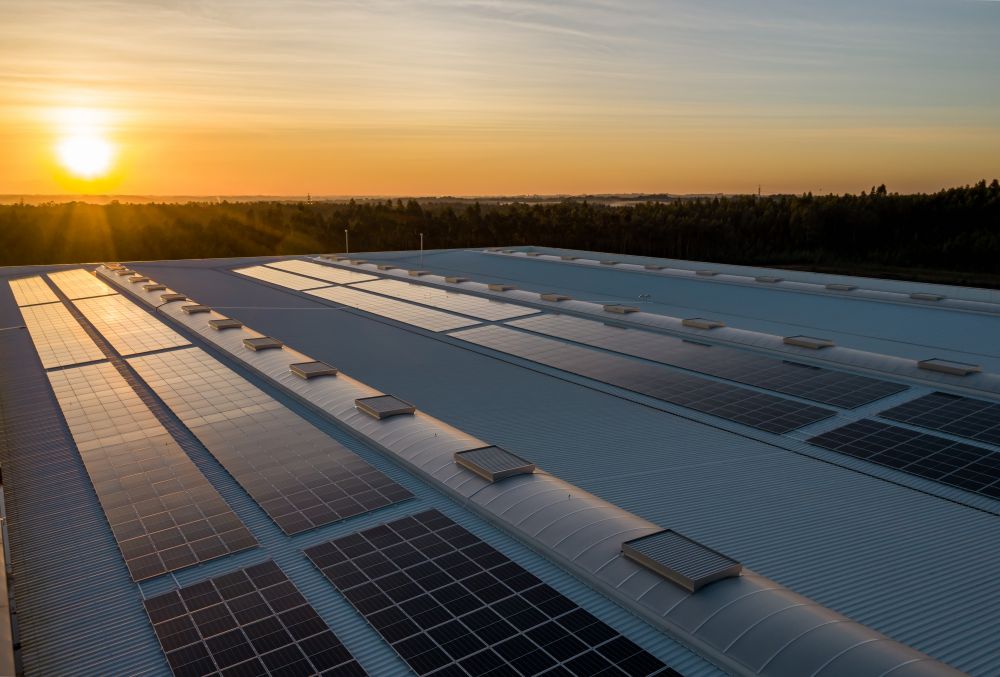£288 million fund opens for green heating projects
Green Heat Network Fund will boost the roll out of next generation clean heating projects in England.

Green Heat Network Fund will boost the roll out of next generation clean heating projects in England.
Households and businesses across England are set to benefit from greener heating as a £288 million government funding scheme is opened – boosting the roll out of next generation heat network projects as part of cutting emissions.
Schemes that will deliver clean heating to homes, offices, commercial and public buildings will be able to apply for grants to the Green Heat Network Fund over the next 3 years, allowing more towns and cities across England to take up this tried and tested technology.
The fund is expected to reduce carbon emissions equivalent to taking 5.6 million cars off the road for a year.
Funding will support the uptake of low-carbon technologies like heat pumps, solar and geothermal energy as a central heating source. Applications for grants can be made from 14 March.
Lord Callanan, Energy Minister said, “Heating in buildings forms a significant part of the UK’s carbon footprint, so changing how we warm our homes and workspaces is vital to meeting our world-leading climate change commitments. Heat networks are an effective way of reducing carbon emissions and this fund will enable us to accelerate the roll-out of these cutting-edge and green technologies.”
The scheme is also expected to fund the delivery of an estimated 9.7 million tonnes of total carbon savings by 2050 with the independent Committee on Climate Change estimating that, with continued support, heat networks could meet nearly 20% of overall UK demand for heating by 2050.
More than 20 heat network projects have received HNIP funding, including 2 innovative schemes in the North-East of England, which source their heat from water in abandoned mine shafts and a community-led project in Cambridgeshire, which could be a model for other rural communities seeking to decarbonise their heating.
Please read the full article here.






